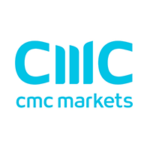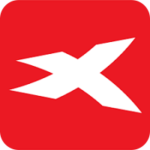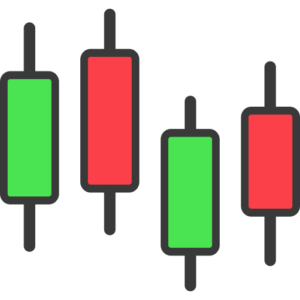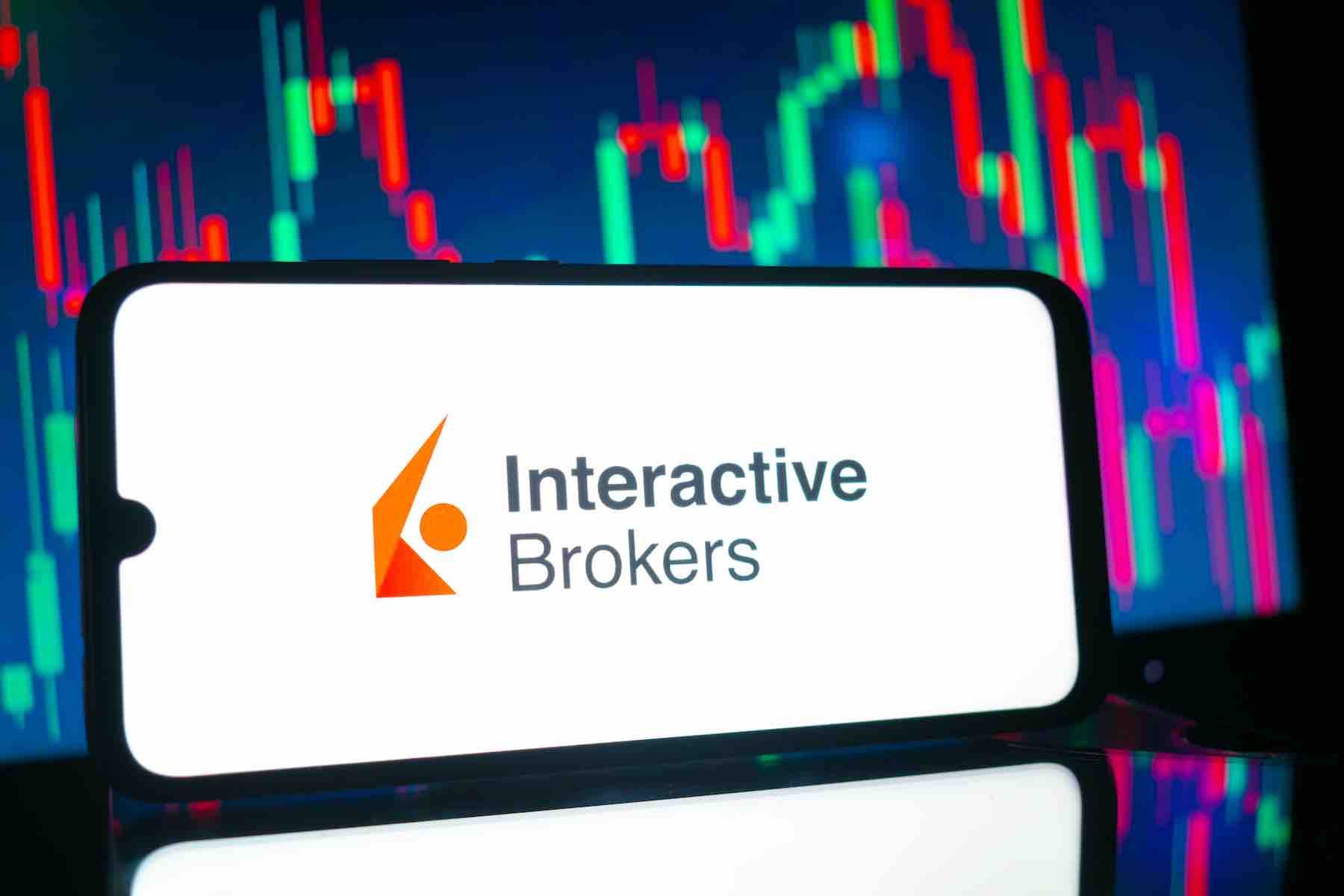Best FOREX Brokers 2025
We know that choosing the right platform is your first big move in forex trading, and getting it right is crucial. Here at BrokerGuide.com, we’ve put in the hours, sorting through all the options to bring you our no-nonsense guide to the Best Forex Brokers 2025.
It’s a fact that the forex market is the largest and most liquid financial market globally, with the Bank for International Settlements reporting that daily trading volume has reached an incredible $7.5 trillion.
With such a massive market, the number of forex brokers to choose from can be overwhelming. Our mission is to simplify that choice for you, breaking down the fees, features, and security of each platform to help you trade with confidence. Let’s get started!

Top 10 Best Forex Brokers in 2025
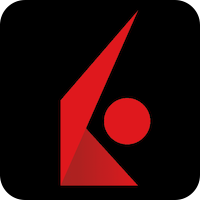 Interactive Brokers | 4.9/5 | |
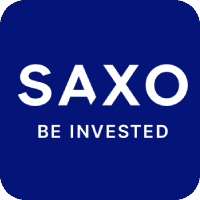 Saxo | 4.8/5 | |
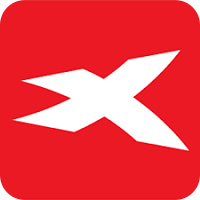 XTB | 4.7/5 | |
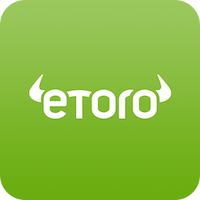 eToro | 4.7/5 | |
 IG | 4.6/5 |
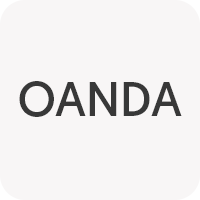 Oanda | 4.6/5 | |
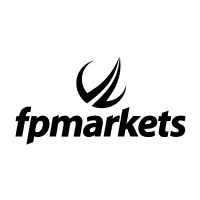 FP Markets | 4.6/5 | |
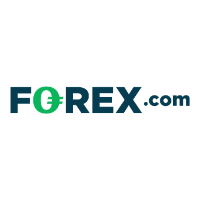 Forex | 4.5/5 | |
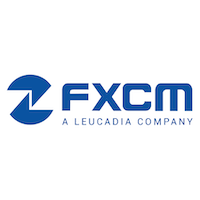 FXCM | 4.4/5 | |
 Plus500 | 4.3/5 |
4.9/5 | |
4.8/5 | |
4.7/5 | |
4.7/5 | |
4.6/5 |
4.6/5 | |
4.6/5 | |
4.5/5 | |
4.4/5 | |
4.3/5 |
Alright, let’s get to the main event. You’re here for the best, and we’ve delivered. After countless hours of live testing, fee comparisons, and deep dives into the fine print, we’ve cut through the noise to crown the definitive Top 10 Best Picks in 2025.
In this breakdown, we show our work. You’ll see exactly how each broker stacks up on the things that matter most: tight spreads, iron-clad regulation, powerful, easy-to-use trading platforms, and customer support that’s there when you need it. No fluff, no marketing hype, just a straight-up look at the pros, the cons, and the type of trader each platform is built for.

Interactive Brokers

Saxo

XTB

eToro

IG
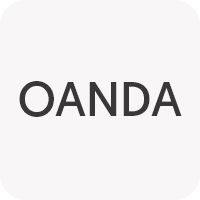
Oanda

FP Markets

Forex

FXCM

Plus500
Key Takeaways
Choosing the right broker is the first step to successful trading. With so many options, it can be overwhelming to figure out which platform fits your needs. To simplify your choice, here’s a quick look at which top brokers excel in specific areas.
- For Professionals: Interactive Brokers (IBKR) is the undisputed choice for pros, offering unparalleled market access, advanced tools, and rock-bottom fees.
- For Beginners: eToro stands out with its simple interface and industry-leading copy trading features, making it easy for newcomers to get started.
- For the Best All-Around Experience: XTB offers a fantastic balance of a user-friendly platform (xStation 5), fair pricing, and strong educational content.
- For the Lowest Costs: FP Markets is ideal for traders focused on minimizing expenses, providing ultra-tight ECN spreads for a small commission.
- For a Premium Experience: Saxo caters to serious, well-funded investors who want the best tools, the widest product range, and a top-tier platform.
Ultimately, the “best” broker depends entirely on your personal trading style, experience level, and financial goals. Use these key points as a starting point to research the platform that will best support your trading journey.
Top Brokers Key Features
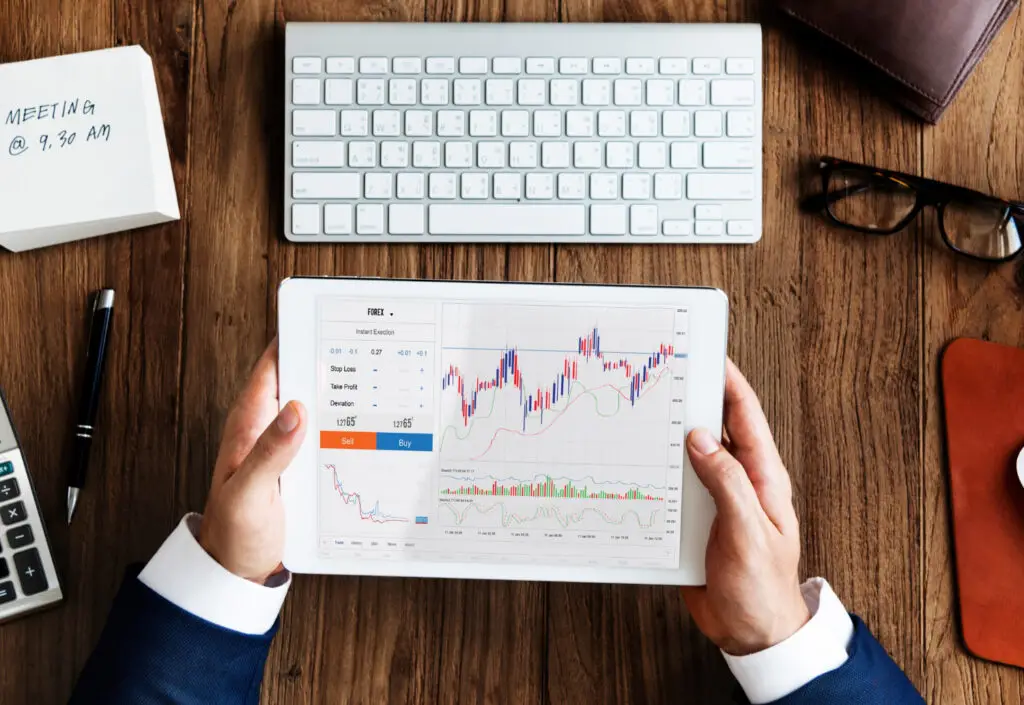
Ready to compare the brokers side-by-side? To help you make a faster decision, we’ve boiled down the essential stats for each of our top picks. In this section, you’ll see our exclusive in-house ratings after weeks of testing, the minimum deposit required to fund your account, and how quickly you can expect to go from application to active trader.
Use this data to see which broker best fits your budget and timeline.
| Broker | Overall Rating | Minimum Deposit | Account Opening Time |
|---|---|---|---|
| Interactive Brokers | 4.9/5 | $0 | 1-3 days |
| Saxo | 4.8/5 | $0 | 2 days |
| XTB | 4.8/5 | $0 | 1 day |
| eToro | 4.7/5 | $50 | 1 day |
| IG | 4.6/5 | $0 | 1-3 days |
| Oanda | 4.6/5 | $0 | 1-3 days |
| FP Markets | 4.6/5 | $50 | 1 day |
| Forex | 4.5/5 | $100 | 1-3 days |
| FXCM | 4.4/5 | $50 | 1-3 days |
| Plus500 | 4.3/5 | $100 | 1 day |
How to Choose a Broker in 2025
Choosing a forex broker is one of the most important decisions you’ll make as a trader. Think of it as selecting a long-term business partner. Your broker provides the platform, tools, and security you need to navigate the world’s largest financial market, so this choice will directly impact your trading costs, efficiency, and overall success.
With hundreds of options available, how do you find the right one? This guide will walk you through the essential factors to consider, giving you a clear framework to make an informed decision.
Choosing the right forex broker is a critical step. Here are the four essential steps to find a reliable partner for your trading journey.
4 Critical Pitfalls to Avoid
Knowing what to look for in a broker is only half the battle. Being aware of the common traps and red flags can save you from significant financial loss and frustration. Here are the critical pitfalls to avoid.
1. Falling for Unrealistic Promises
If a broker guarantees profits or advertises “no-risk” trading, run. The forex market is inherently risky, and no legitimate broker can promise returns. These are often marketing tactics used by unregulated entities to lure in unsuspecting beginners. Remember, if it sounds too good to be true, it always is.
2. Ignoring the Fine Print on Bonuses
Welcome bonuses can be tempting, but they often come with strings attached. Many brokers have strict terms, such as requiring you to trade an incredibly high volume before you can withdraw the bonus or any profits derived from it. Always read the bonus terms and conditions carefully—sometimes it’s better to opt out.
3. Overlooking Negative Reviews About Withdrawals
Pay close attention to user reviews, especially patterns of complaints. While a few negative reviews are normal for any company, consistent reports of withdrawal problems, platform freezes, or non-responsive customer service are major red flags. Difficulty getting your money out is one of the most serious issues you can face.
4. Choosing a Broker Solely on Low Spreads
While low spreads are attractive, they shouldn’t be your only consideration. An unscrupulous broker might offer a 0.1 pip spread but then hit you with high commissions, hidden fees, or poor execution (slippage) that costs you far more in the long run. Always look at the total trading cost and the broker’s reputation, not just one number.
Online Brokers - Users Data
While our expert analysis provides a deep dive into fees and features, nothing tells the real story like feedback from actual traders. This section presents raw data and insights sourced directly from our extensive user database. Here, you can see how brokers are rated by traders like you and read their firsthand experiences, good and bad.
Use this community-driven data to see how these platforms perform in the real world and to gauge overall user satisfaction.










Fee Comparison
Trading costs can be the single biggest factor affecting your profitability. To give you a transparent look at what you can expect to pay, this section breaks down the fees for our top-rated brokers. We show both the headline forex spread (the lowest possible spread under ideal conditions) and the more realistic average spread you’re likely to encounter during normal trading hours.
Use this side-by-side comparison to see which brokers truly offer the most competitive costs for your trading style.
| Broker | EURUSD Spread | Average Spread |
|---|---|---|
| Interactive Brokers | 0.1 | 0.6 |
| Saxo | 0.9 | 0.9 |
| XTB | 0.6 | 1.1 |
| eToro | 1.0 | 1.0 |
| IG | 0.6 | 0.8 |
| Oanda | 1.0 | 1.6 |
| FP Markets | 0.1 | 0.4 |
| Forex | 0.0 | 0.3 |
| FXCM | 0.7 | 1.0 |
| Plus500 | 1.1 | 1.5 |
Non-Trading Fees
A broker’s total cost goes beyond just spreads and commissions. Non-trading fees are charges that can quietly add up, especially if you aren’t an active trader. This section uncovers these often-overlooked costs.
Here, we compare each broker’s policy on account maintenance fees, any charges for deposits and withdrawals, and the dreaded inactivity fees that kick in if your account is dormant. Pay close attention to these details to ensure there are no surprises on your account statement.
| Broker | Account Fee | Inactivity Fee | Withdrawal Fee | Deposit Fee |
|---|---|---|---|---|
| Interactive Brokers | $0 | $0 | ||
| Saxo | $0 | $0 | ||
| XTB | $0 | $0 | ||
| eToro | $5 | $0 | ||
| IG | $0 | $0 | ||
| Oanda | $0 | $0 | ||
| FP Markets | $0 | $0 | ||
| Forex | $0 | $0 | ||
| FXCM | $0 | $0 | ||
| Plus500 | $0 | $0 |
Regulations and Safety Measures
When you deposit money with a forex broker, you’re placing immense trust in their platform and business practices. This is why regulation and safety measures are not just fine print—they are the most critical factors to consider, forming the foundation of your security as a trader.
This section explains what true safety looks like and how you can verify it for yourself.
What Does Regulation Actually Mean?
Financial regulation means that a government-backed authority sets strict rules and actively monitors a broker to ensure they operate fairly and transparently. The primary goals of these regulators are to:
- Protect Your Funds: Ensure your money is kept safe and handled responsibly.
- Prevent Fraud: Eliminate scams and dishonest practices.
- Ensure Fair Trading: Guarantee transparent pricing and reliable trade execution.
Choosing a broker overseen by a top-tier authority like the FCA (UK) or ASIC (Australia) is your number one line of defense.
Key Safety Measures You Should Demand
Beyond a license number, look for these specific safety nets that reputable brokers provide:
Segregated Client Funds
This is a non-negotiable feature. Top-tier regulators mandate that brokers must keep all client funds in bank accounts that are completely separate from the company's own operational funds. Think of it like a safety deposit box; the broker can manage your funds for trading, but they can't use them to pay their rent or salaries. If the broker ever faced financial difficulty, your money would be protected and couldn't be claimed by their creditors.
Negative Balance Protection
The forex market can be extremely volatile. Negative Balance Protection is a crucial safety feature that ensures you cannot lose more money than you have in your account. If a sudden market crash causes your account balance to go negative, the broker will absorb the loss and reset your balance to zero, protecting you from falling into debt. This is a requirement for brokers in the EU and Australia.
Investor Compensation Schemes
In certain jurisdictions, regulated brokers are part of an investor compensation fund. This acts as an additional insurance policy. If your broker becomes insolvent, these schemes compensate you up to a certain limit. For example, the Financial Services Compensation Scheme (FSCS) in the UK protects client funds up to £85,000.
Compensation Schemes
| Region | Protection Limit | Coverage Scope |
|---|---|---|
| UK (FSCS) | £85,000 | Broker insolvency |
| EU (ICF) | €20,000 | Investment firm failures |
| US (SIPC) | $500,000 | Brokerage bankruptcies |
How to Verify Your Broker’s Legitimacy
Don’t just take a broker’s word for it—verify their claims yourself.
☑️ Find the License Number: Scroll to the bottom of the broker’s homepage and find their license number and the name of their regulator.
☑️ Go to the Regulator’s Website: Open the official website of the regulator (e.g., fca.org.uk for the FCA).
☑️ Search the Register: Use their official register or search function to look up the broker by name or license number.
☑️ Confirm the Status: The register will show if their license is active and what permissions they have.
Taking these few minutes to do your due diligence provides the ultimate peace of mind.
Comparing the Best Brokers
Here’s a quick head-to-head comparison of our top-rated brokers. This section provides a snapshot of the most important data points: the minimum deposit required to open an account and the overall fees you can expect.
Use this at-a-glance guide to easily see which broker best aligns with your budget and trading style.

Interactive Brokers
Best for professional and active traders who require vast market access and advanced tools.
| Interactive Brokers Overview | Interactive Brokers Data |
|---|---|
| Minimum Deposit | $0 |
| Deposit Method | Bank Transfer |
| Withdrawal Method | Bank Transfer |
| Withdrawal Fee | $0 |
| Account Opening Time | 1-3 Days |
| Inactivity Fee | |
| Review | Read Here |

Saxo
Best for serious investors seeking a premium, high-end trading experience with an extensive product range.
| Interactive Brokers Overview | Interactive Brokers Data |
|---|---|
| Minimum Deposit | $5000 - $10,000 |
| Deposit Method | Bank Transfer, Credit Cards and Debit Cards |
| Withdrawal Method | Bank Transfer |
| Withdrawal Fee | $0 |
| Account Opening Time | 1 Day |
| Inactivity Fee | |
| Review | Read Here |

XTB
Best for an outstanding all-around experience, combining a world-class platform with excellent educational resources.
| Interactive Brokers Overview | Interactive Brokers Data |
|---|---|
| Minimum Deposit | $0 |
| Deposit Method | Bank Transfer, Credit Cards, Debit Cards, PayPal, Paysafe, Skrill, PayU, Ecommpay |
| Withdrawal Method | Bank Transfer |
| Withdrawal Fee | $0 |
| Account Opening Time | 1 Day |
| Inactivity Fee | |
| Review | Read Here |

eToro
Best for beginners and those who want to engage in social and copy trading.
| Interactive Brokers Overview | Interactive Brokers Data |
|---|---|
| Minimum Deposit | $50 |
| Deposit Method | Bank Transfer, Credit and Debit Cards, eToro Money, Neteller, Skrill, Klarna, Giropay, Trustly, iDEAL, RapidTransfer, Przelewy 24 |
| Withdrawal Method | Bank Transfer, Credit and Debit Cards, eToro Money, Neteller, Skrill, Klarna, Giropay, Trustly, iDEAL, RapidTransfer, Przelewy 24 |
| Withdrawal Fee | $5 |
| Account Opening Time | 1 Day |
| Inactivity Fee | |
| Review | Read Here |

IG
Best for traders who want access to the widest range of markets from a highly trusted global broker.
| Interactive Brokers Overview | Interactive Brokers Data |
|---|---|
| Minimum Deposit | $0 |
| Deposit Method | Bank Transfer, Credit Card, Debit Card, HK FPS, Wise |
| Withdrawal Method | Bank Transfer |
| Withdrawal Fee | $0 |
| Account Opening Time | 1-3 Days |
| Inactivity Fee | |
| Review | Read Here |

Oanda
Best for traders seeking a reliable, no-fuss platform with a long-standing reputation in the forex market.
| Interactive Brokers Overview | Interactive Brokers Data |
|---|---|
| Minimum Deposit | $0 |
| Deposit Method | Bank Transfer, Credit Cards, Debit Cards, PayPal, Skrill, Neteller |
| Withdrawal Method | Bank Transfer, Credit Cards, Debit Cards, PayPal, Skrill, Neteller |
| Withdrawal Fee | $0 |
| Account Opening Time | 1-3 Days |
| Inactivity Fee | |
| Review | Read Here |

FP Markets
Best for traders focused on achieving the lowest possible trading costs through raw ECN spreads.
| Interactive Brokers Overview | Interactive Brokers Data |
|---|---|
| Minimum Deposit | $50 |
| Deposit Method | Bank Transfer, Credit Cards, Debit Cards, PayPal, Skrill, Neteller |
| Withdrawal Method | Bank Transfer, Credit Cards, Debit Cards, PayPal, Skrill, Neteller |
| Withdrawal Fee | $0 |
| Account Opening Time | 1 Day |
| Inactivity Fee | |
| Review | Read Here |

Forex
Best for dedicated currency traders who need a powerful, feature-rich trading platform.
| Interactive Brokers Overview | Interactive Brokers Data |
|---|---|
| Minimum Deposit | $100 |
| Deposit Method | Bank Transfer, Credit Cards, Debit Cards, Neteller, Skrill |
| Withdrawal Method | Bank Transfer, Credit Cards, Debit Cards |
| Withdrawal Fee | $0 |
| Account Opening Time | 1-3 Days |
| Inactivity Fee | |
| Review | Read Here |

FXCM
Best for technical and algorithmic traders who rely on advanced charting and automated strategies.
| Interactive Brokers Overview | Interactive Brokers Data |
|---|---|
| Minimum Deposit | $50 |
| Deposit Method | Bank Transfer, Credit Cards, Debit Cards, Neteller, Skrill, Google Pay, Apple Pay, China Online Payment, Crypto |
| Withdrawal Method | Bank Transfer, Credit Cards, Debit Cards |
| Withdrawal Fee | $0 - $40 |
| Account Opening Time | 1-3 Days |
| Inactivity Fee | |
| Review | Read Here |

Plus500
Best for traders who prioritize simplicity and an easy-to-use platform for CFD trading.
| Interactive Brokers Overview | Interactive Brokers Data |
|---|---|
| Minimum Deposit | $100 |
| Deposit Method | Bank Transfer, Credit Cards, Debit Cards, Paypal, Skrill |
| Withdrawal Method | Bank Transfer, Debit Cards, Paypal, Skrill |
| Withdrawal Fee | $0 |
| Account Opening Time | 1 Day |
| Inactivity Fee | |
| Review | Read Here |
Key Takeaways
Choosing the right broker comes down to matching a platform’s strengths with your personal trading style. For professionals, Interactive Brokers offers unparalleled tools, while beginners will find eToro’s social trading features highly accessible.
If your priority is achieving the lowest possible trading costs, FP Markets is a top choice for its raw ECN spreads, whereas traders seeking a premium, all-inclusive experience might lean towards Saxo.
Ultimately, the key is to identify your primary need—whether it’s advanced analytics, ease of use, or cost-efficiency—and select the broker that excels in that specific area.
Why Trust Broker Guide?
In a crowded market, finding honest and reliable advice is crucial. Our mission at BrokerGuide is simple: to empower you to make confident financial decisions. Here’s why you can trust our recommendations.
We're Experts Who Actually Trade
Our team isn't just made up of writers; we're financial industry veterans and active traders. We've spent years navigating the markets, so we understand what truly matters in a trading platform—from the perspective of both a beginner and a seasoned professional. We bring decades of combined experience to every review we publish.
Our Rigorous, Hands-On Testing
We don't just repeat what brokers say on their websites. We take a hands-on, data-driven approach:
☑️ We Open Live Accounts: We open and fund real trading accounts to experience the entire process from a user's point of view.
☑️ We Test Every Feature: We rigorously test platforms, place trades, evaluate customer support, and verify withdrawal times.
☑️ We Verify All Data: Every fee, spread, and regulatory claim is independently verified to ensure our data is accurate and up-to-date.
We're Fiercely Independent
Our reviews and ratings are the result of our independent research and are not for sale. While we may earn a commission if you open an account through our links, this does not influence our ratings or the content of our reviews. Our primary commitment is to you, our reader, ensuring you get unbiased information to find the best possible broker for your needs.
"Most ‘top broker’ lists recycle press releases. We funded accounts, ran trades, and withdrew profits, so you don’t waste a dollar on the wrong platform."
Broker Guide Tweet
How We Score Brokers
We believe rankings are meaningless without transparency. Our scoring system, refined 10,000+ hours of testing, evaluates brokers against 106 objective criteria, grouped into 5 weighted pillars. Each pillar reflects what actual traders prioritize, based on surveys of 20,000+ readers and market gap analyses. Here’s how we turn raw data into actionable insights:
1. Fees & Costs (30%)
Low commissions mean little if hidden fees erode returns.
☑️ We tracked 500+ live trades to measure spread consistency (e.g., Pepperstone’s EUR/USD vs. IG’s).
☑️ Audited non-trading fees such as inactivity penalties, withdrawal costs (eToro’s $5 fee), currency conversions (Oanda’s 0.9% markup).
☑️ Modelled long-term costs. Compared $10,000 portfolio scenarios (e.g., Schwab’s $0 equity fees vs. XTB’s CFD financing charges).
2. Safety & Regulation (25%)
Your capital’s security is non-negotiable.
☑️ Verified licenses with regulators (e.g., FINRA ID 36408 for Interactive Brokers).
☑️ Confirmed fund segregation via bank statements (e.g., Fidelity’s JPMorgan Chase accounts).
☑️ Stress-tested encryption. Attempted breaches on dummy accounts (256-bit SSL minimum).
☑️ Tracked compensation schemes. SIPC ($500k) vs. FSCS (£85k) vs. ASIC’s requirements.
3. Tools & User Experience (20%)
Clunky tools cost time and opportunities.
☑️ We measured platform stability during volatility (e.g., thinkorswim’s crash rate vs. Trading 212’s).
☑️ Rated mobile apps (iOS/Android) for speed, biometric security, and order-fill latency.
☑️ Audited advanced features: Backtesting capacity (SaxoTraderPRO), API reliability (Oanda), AI charting (IG’s ProRealTime).
4. Asset Diversity (15%)
Diversification shouldn’t require 5 brokers.
☑️ Mapped instrument coverage. Stocks (Schwab), forex (Pepperstone), crypto (eToro), bonds (Fidelity).
☑️ Verified market access. Pre-market hours (IBKR), weekend indices (IG), global exchanges (Saxo).
☑️ Checked fractional share support (Trading 212) and micro-lot trading (Oanda).
5. Support & Reliability (10%)
When markets move, slow support loses money.
☑️ Timed response rates. 24/7 chat (Pepperstone: 28s avg), phone (Schwab: 2m 14s), email (XTB: 6h).
☑️ Submitted complex queries. Tax docs (Fidelity), margin errors (IBKR), withdrawal disputes (eToro).
☑️ Monitored outage frequency during earnings/NFP events.
FAQ
What's the minimum amount I need to start forex trading?
While some brokers let you open an account with as little as $10, it's often recommended to start with at least $200 to $500. This amount provides more flexibility to open trades without risking a significant portion of your capital on a single position.
Which type of broker is best for a beginner?
A broker that offers a user-friendly platform, strong educational resources, a free demo account, and low minimum deposit requirements is ideal for beginners. Look for platforms like eToro or XTB that are known for their intuitive design and supportive features.
Can I lose more money than I deposit?
Not if you choose the right broker. Reputable brokers regulated in jurisdictions like the UK, EU, or Australia are required to offer Negative Balance Protection. This feature is a safety net that automatically closes your positions to ensure your account balance never goes below zero, protecting you from debt.
How do I know if a forex broker is safe?
The most important factor is regulation. A safe broker is licensed by a top-tier financial authority like the FCA (UK) or ASIC (Australia). Always verify a broker's license number on the regulator's official website before depositing any funds.
What is a demo account and should I use one?
A demo account lets you trade with virtual money in a real-market environment. Yes, you should absolutely use one. It's the best way to test a broker's platform, practice your trading strategies, and build confidence without risking any real capital.
What is leverage in forex trading?
Leverage allows you to control a large position with a small amount of capital. For example, with 30:1 leverage, you can control a $30,000 position with just $1,000 in your account. While it can magnify profits, it also magnifies losses, making it a powerful tool that must be used with caution.
How do forex brokers make their money?
Brokers primarily make money in two ways:
- Through the Spread: The small difference between the buy and sell price of a currency pair.
- Through Commissions: A fixed fee charged on trades, typical for ECN/RAW accounts.
How quickly can I withdraw my profits?
Withdrawal times vary by broker and method. E-wallet withdrawals (like PayPal or Skrill) are often the fastest, sometimes processed within 24 hours. Bank transfers typically take longer, usually around 2-5 business days, depending on the banks involved.
Is forex trading taxable?
Yes. In most countries. Profits from forex trading are considered income and are subject to capital gains or income tax. Tax laws vary significantly by location, so it's essential to consult with a local tax professional to understand your specific obligations.
What's the difference between a Standard and an ECN/RAW account?
It comes down to how you pay trading fees.
- Standard Account: You typically pay no commission, but the spreads (the difference between the buy and sell price) are wider. The broker's fee is built into the spread.
- ECN/RAW Account: You get access to very tight, raw spreads but pay a fixed commission for every trade you open and close. This model is often more cost-effective for frequent or high-volume traders.




